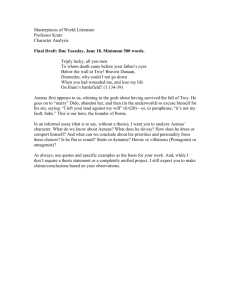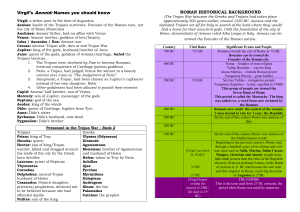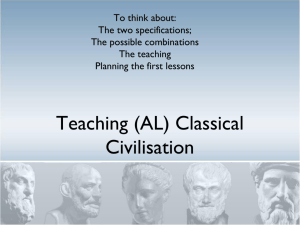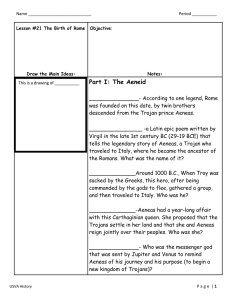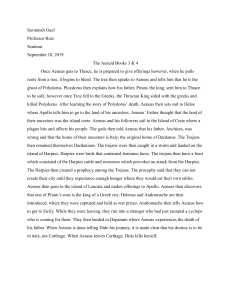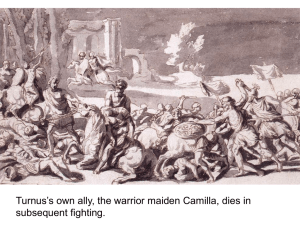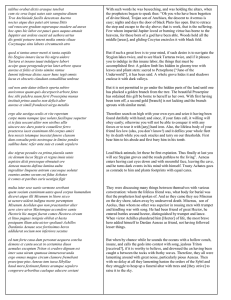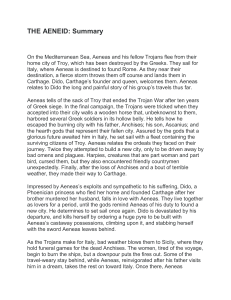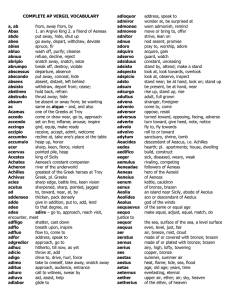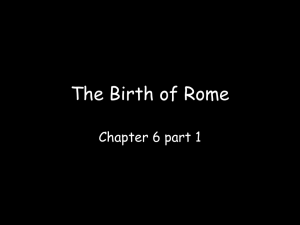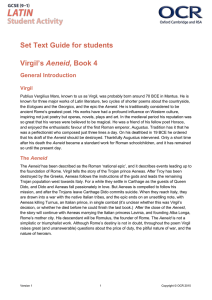Contributions of Ancient Rome
advertisement
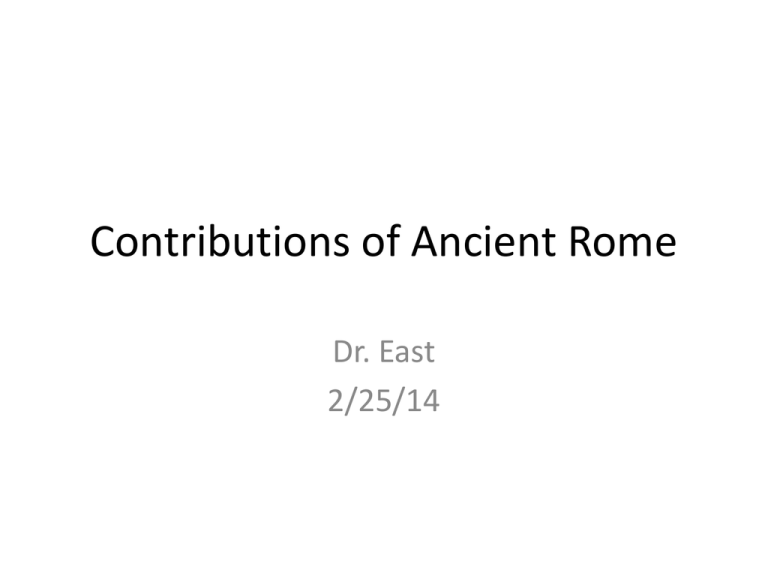
Contributions of Ancient Rome Dr. East 2/25/14 How Did Roman Achievements/Thought/Culture Influence Western Civilization? • What do you know so far? Art & Architecture Pantheon: Temple built in 117-126 AD under Hadrian, for "all the gods,” survived because it was reconsecrated as a Christian church in the 7th century. It is thought to be one of the greatest architectural achievements and it has influenced later architecture perhaps more than any other building. Art & Architecture Cont. The Colosseum: amphitheater built under Vespasian and Titus (70 – 80 A.D.), concrete and stone and could hold 50,00080,000 people Art & Architecture Cont. The Forum: What was this? Technology: Excellent Roads Technology: Aqueducts Roman Arches Science: Ptolemy Contributed to Astronomic and Geographic knowledge and techniques Medicine • Hygiene … public baths, public water systems, etc., systems of flushing toilets, stirgils used in baths, etc. • http://ancienthistory.ab out.com/od/hygienebat hs/a/102310-HygieneIn-Ancient-Rome.htm • Medicine and Medical schools continued in the Greek tradition? • Remember? Who was a famous Greek that contributed much to Medicine? • Latin – precursor to all romance languages Language Literature: Virgil’s Aeneid (19 B.C.) • the title is Greek in form: genitive case Aeneidos) is a Latin epic poem, written by Virgil between 29 and 19 BC, that tells the legendary story of Aeneas, a Trojan who travelled to Italy, where he became the ancestor of the Romans. It is composed of 9,896 lines in dactylic hexameter.[1] The first six of the poem's twelve books tell the story of Aeneas' wanderings from Troy to Italy, and the poem's second half tells of the Trojans' ultimately victorious war upon the Latins, under whose name Aeneas and his Trojan followers are destined to be subsumed. • The hero Aeneas was already known to Greco-Roman legend and myth, having been a character in the Iliad, composed in the 8th century BC. Virgil took the disconnected tales of Aeneas' wanderings, his vague association with the foundation of Rome and a personage of no fixed characteristics other than a scrupulous piety, and fashioned this into a compelling founding myth or national epic that at once tied Rome to the legends of Troy, explained the Punic wars, glorified traditional Roman virtues and legitimized the Julio-Claudian dynasty as descendants of the founders, heroes and gods of Rome and Troy. http://www.youtube.com/watch?v=VZt3no1-5-g • Law • The Principle of “Innocent Until Guilty” in a court of law comes from 12 Tables. • http://www.youtube.com/watch?v=9GNpv6p BgBI • http://www.youtube.com/watch?v=EcTv6DJFu 5A (British version) ;o)
